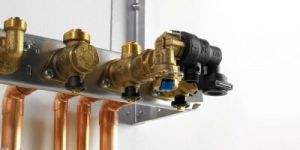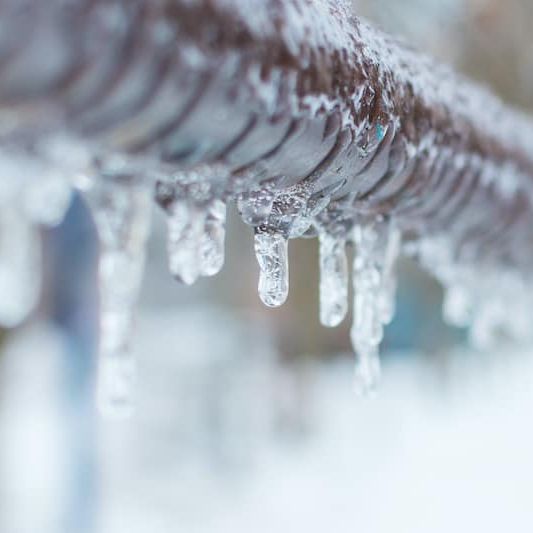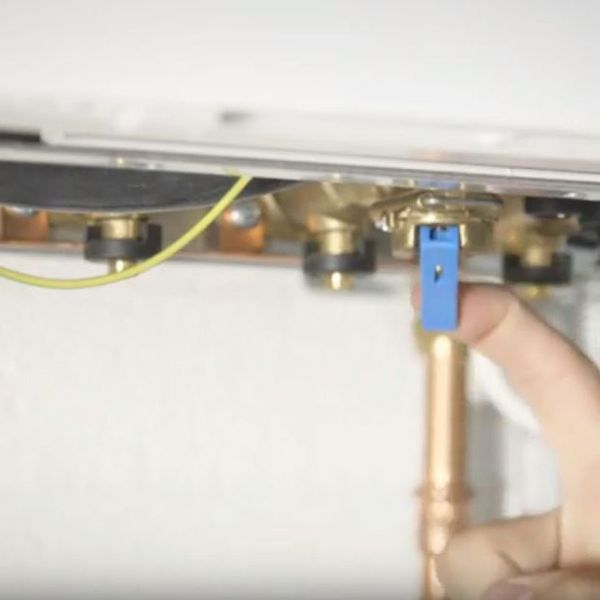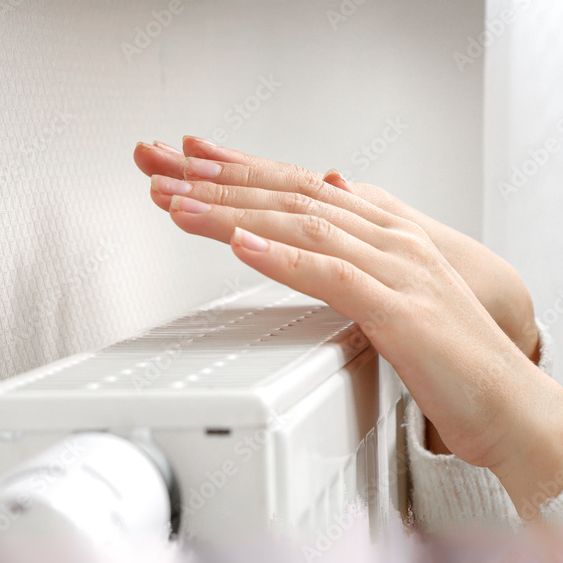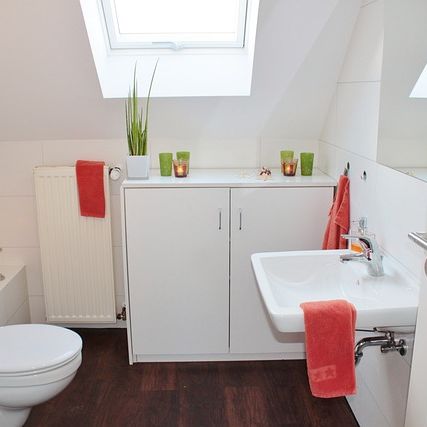Why you should repressurise your boiler
- Maintain Proper Heating & Hot Water
- Boilers need the right pressure (usually between 1.0 and 1.5 bar) to work properly. If the pressure is too low, your radiators may not heat up fully, or you might lose hot water.
- Prevent System Damage
- Running the boiler with low pressure can cause strain on the pump or other components, leading to potential breakdowns or costly repairs.
- Ensure Safety
- A correctly pressurised system helps avoid faults and reduces the risk of safety issues caused by malfunctioning components.
- Avoid Error Codes
- Many modern boilers will display error codes or even shut down completely if the pressure drops too low.
When to Repressurise Your Boiler
- After Bleeding Radiators
- Bleeding radiators removes air but also causes a drop in system pressure. It’s normal to need to repressurise afterward.
- If the Pressure Gauge Is Below 1.0 Bar
- Check the pressure gauge on the boiler (usually on the front). If it's below the recommended level (often around 1.0 bar), it’s time to top it up.
- If You’re Getting Error Codes
- Some common low-pressure error codes are F22 (Vaillant) or E119 (Ideal), depending on your boiler brand.
- After Maintenance Work
- Any work involving draining the system (e.g. replacing a radiator or valve) will likely require a pressure top-up.
